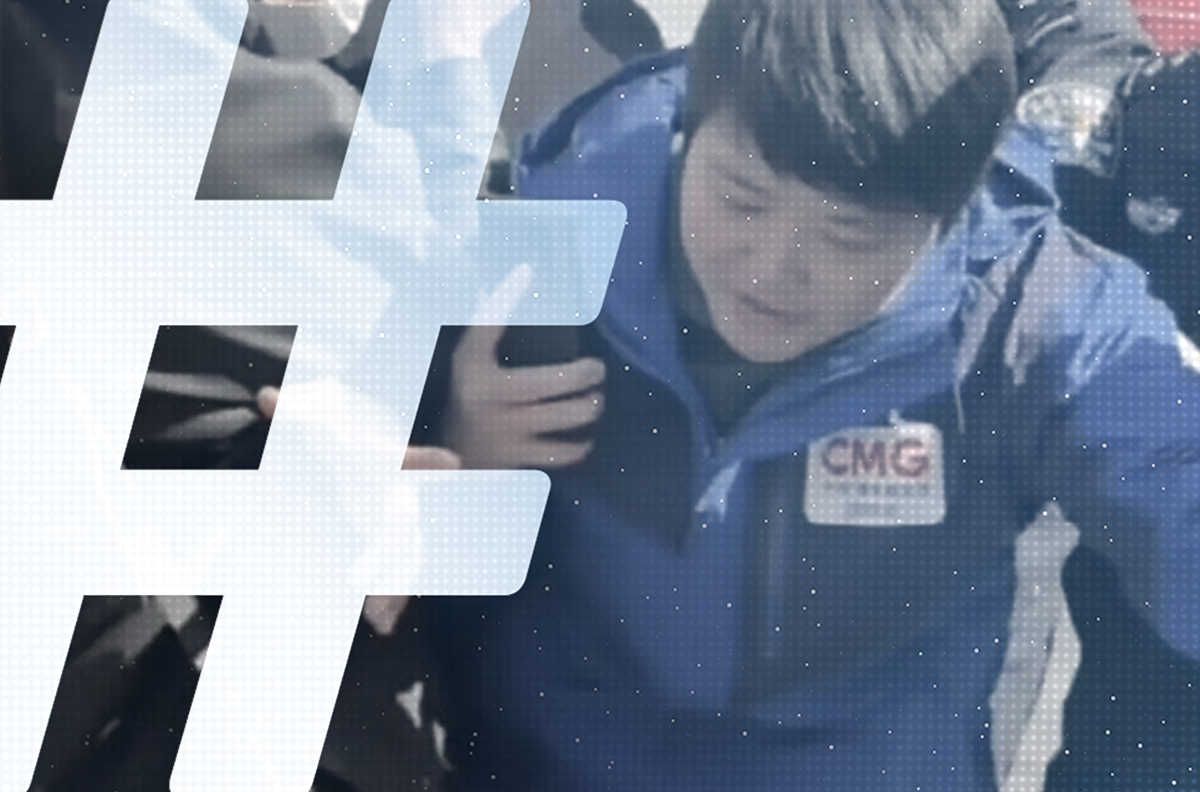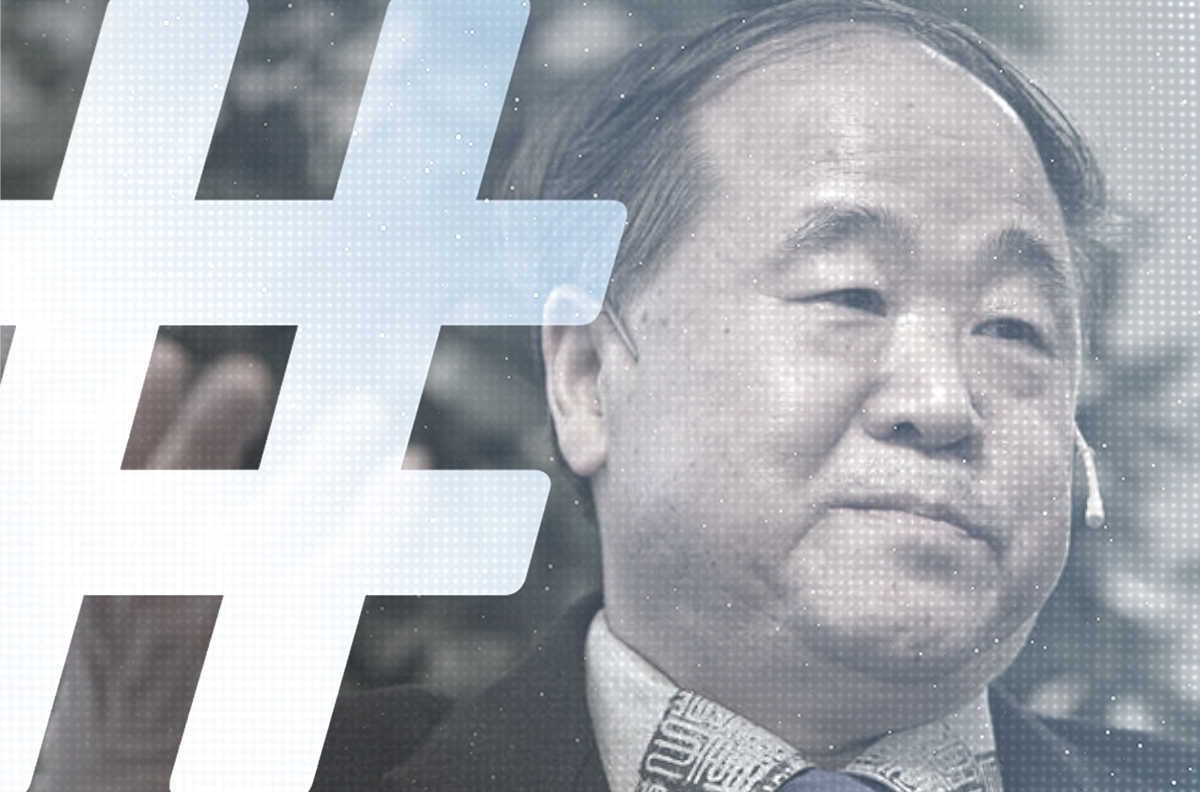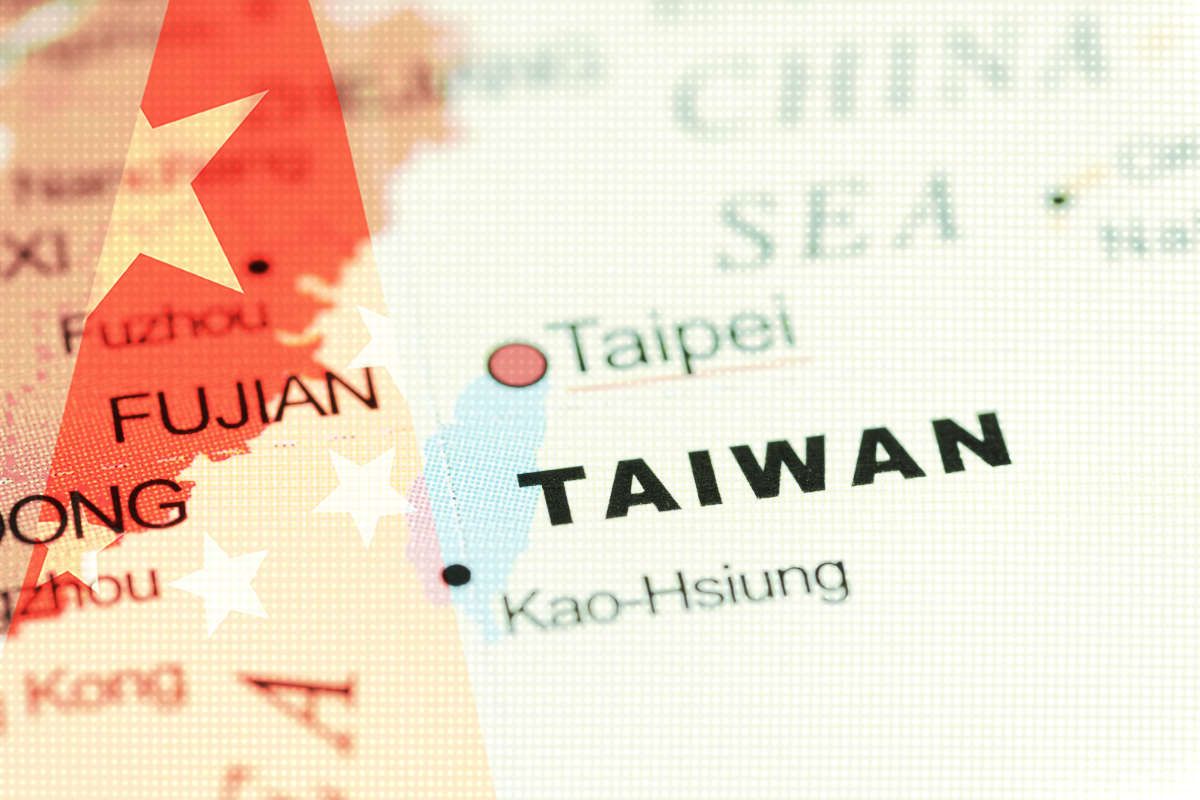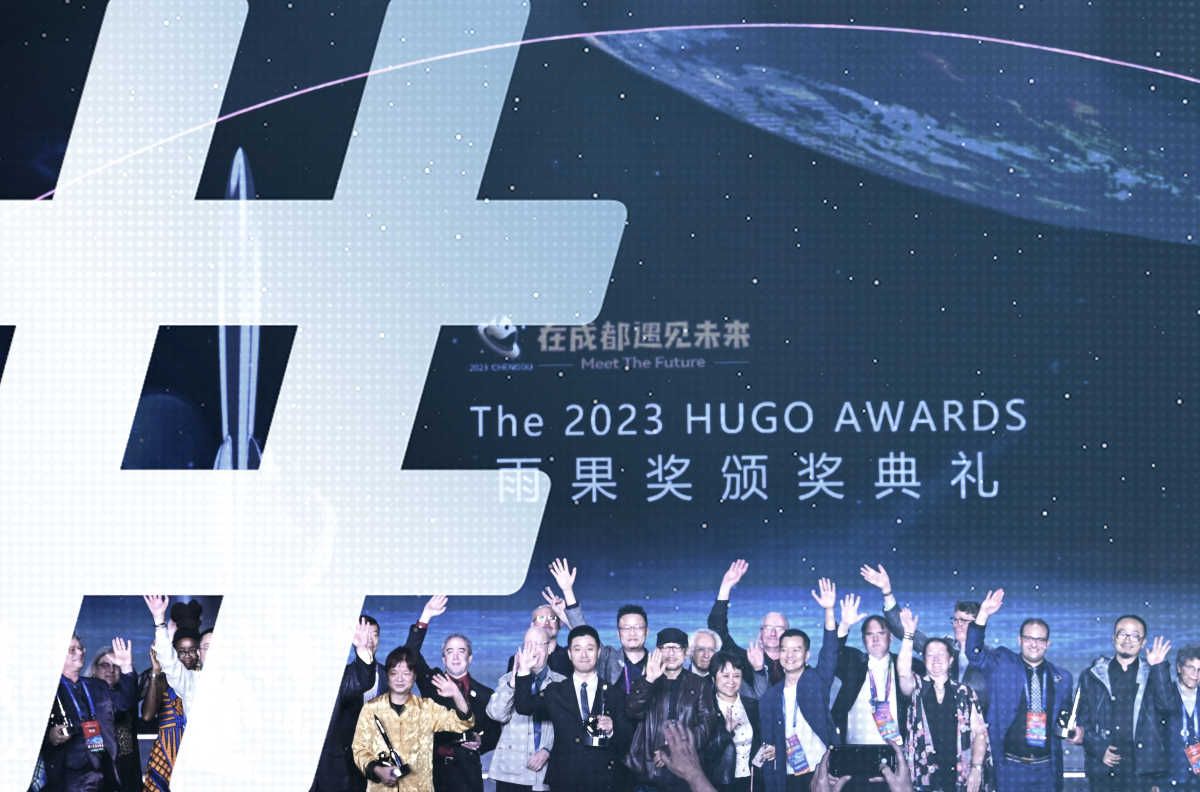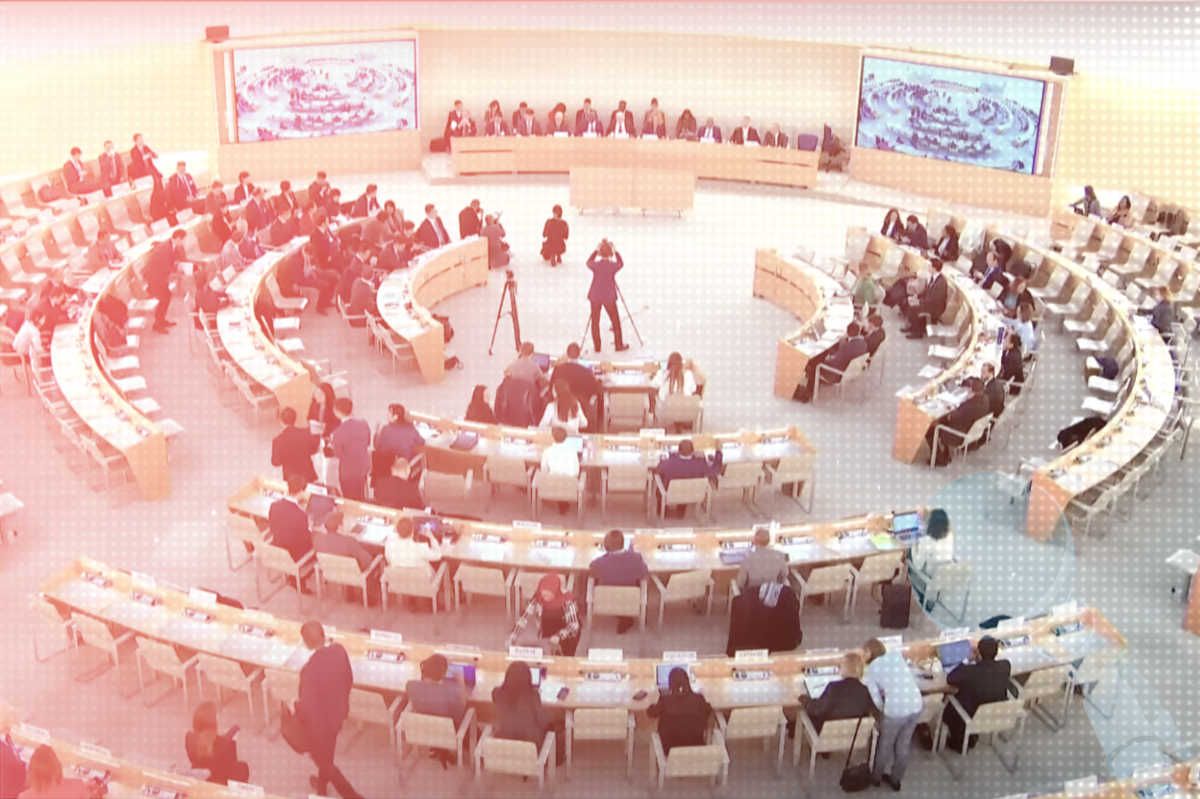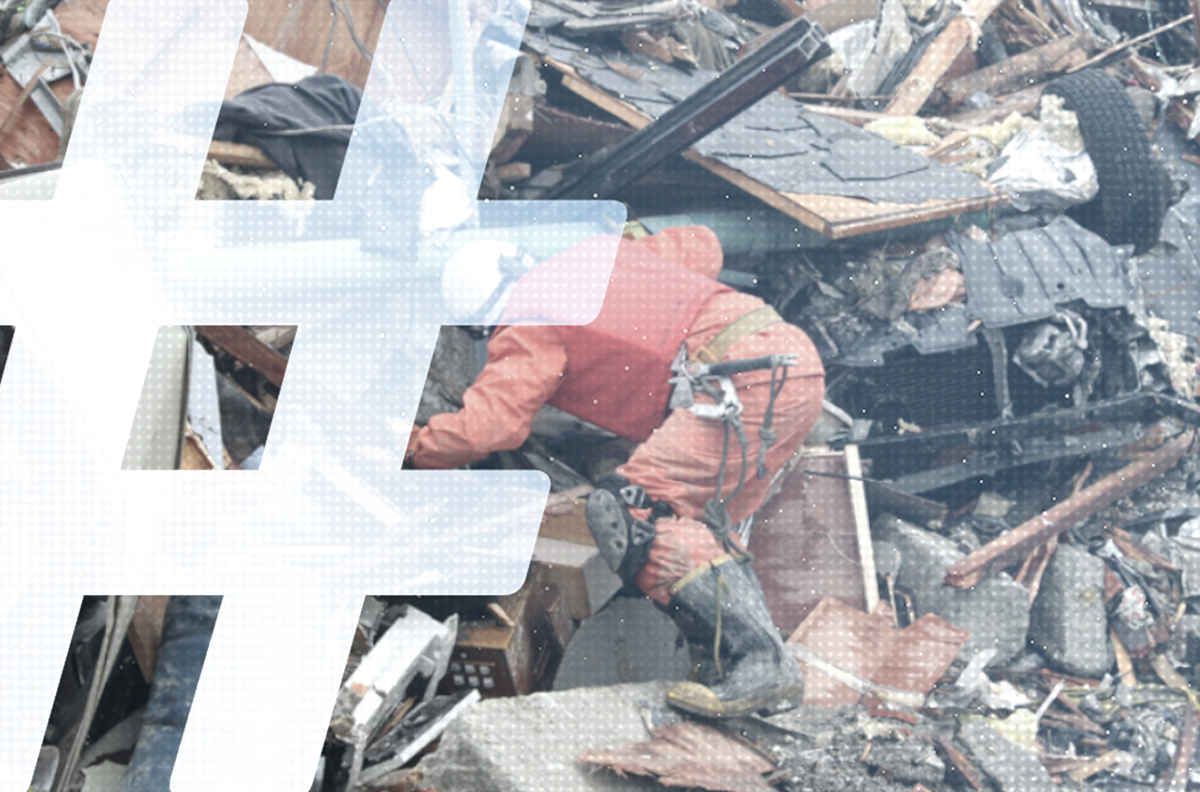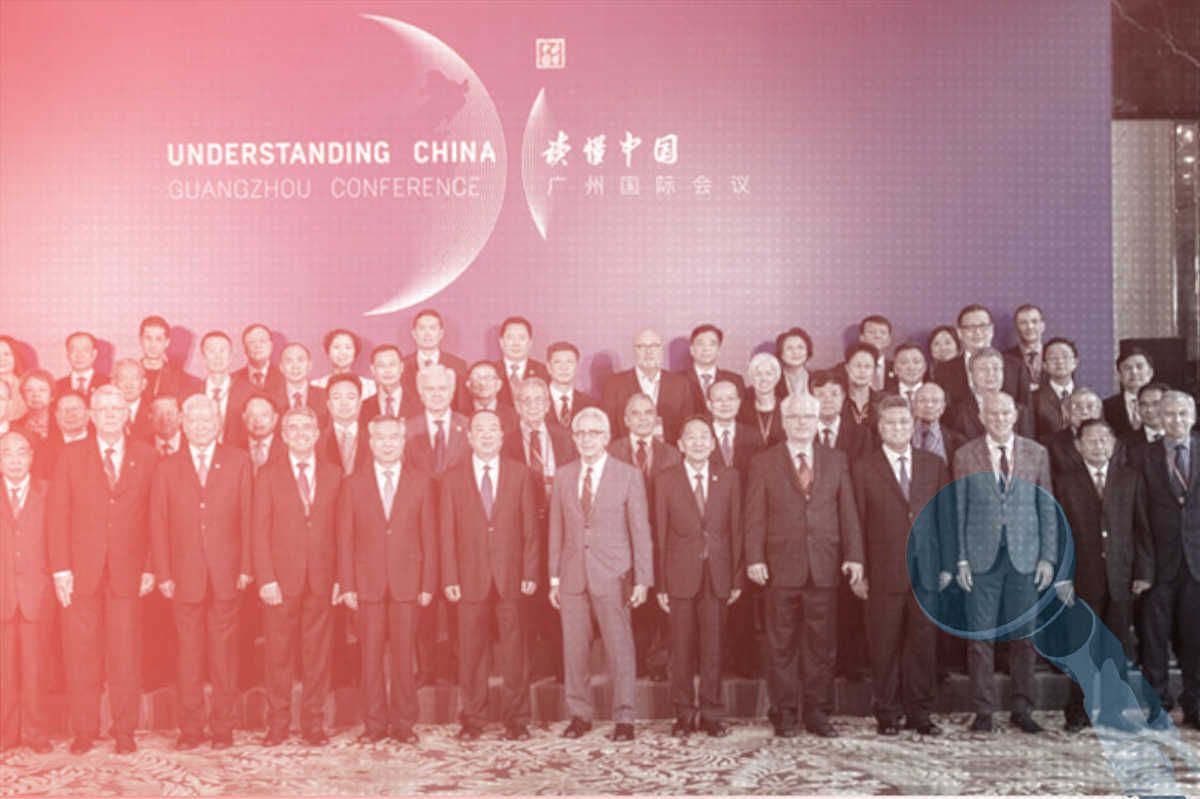The devastating March 11 earthquake and tsunami in Japan has drawn the attention and sympathy of the world. In the midst of the story, Japanese media have been showered with praise for their professional, sober and even-handed approach to reporting the disaster.
Japan’s national public broadcaster, NHK, also known as the Japan Broadcasting Corporation, was swiftly on top of the story with direct broadcast, offering information about the situation in the disaster area and providing regular follow-ups on which most media large and small around the world have depended for their own treatments. NHK footage has appeared on CNN, BBC Al-Jazeera, China Central Television and Hong Kong’s RTHK, to name just a few.
Soon after disaster struck, more than 200 journalists from central Party media in China as well as commercial media were sent to Japan to report the story. What seemed a good start, however, quickly suffered an about-face, as reporters were recalled just a few days later under fears of possible radioactive fallout.
In an important sense, this disaster has been a test of international media — a trial, you might say, of their soft capacities. Japanese media, and particularly NHK, have garnered praise for their reporting of the disaster, and as Chinese media have fared less well, cultural differences between the Chinese and Japanese have been a hot topic of much discussion among Chinese. It bears emphasizing, however, that systems and structures account for the biggest differences, and the strength shown by the Japanese people is not a simple matter of national or cultural character. In fact, underlying this so-called national identity are a host of historical, cultural, social and political systems and factors.
There is no need for Chinese to belittle themselves with generalizations. Instead, on the media question, they must address the differences between Chinese and Japanese media in terms of institutional readiness, drawing lessons that benefit future development.
Formerly Tokyo Radio, NHK has a history going back more than 80 years. The national broadcaster does not run advertisements, and its operations are financed by the government and through audience donations. Japan’s Law Concerning Broadcasts stipulates that Japanese citizens having radios or television sets receiving NHK broadcasts should voluntarily offer financial support.
NHK is the only news organization in Japan authorized by law to provide information on major disasters, and it therefore has an obligation to provide information to the public about disaster preparation and relief. Japan is especially prone to natural disasters, and NHK is braced for disaster reporting, with comprehensive plans in place and material and personnel at the ready. In last year’s October edition of Chinese Journalist, one of the principal official publications in China dealing with journalism, published by Xinhua News Agency, two Chinese correspondents posted to Tokyo, He Degong (何德功) and Liu Haoyuan (刘浩远) introduced NHK’s contingency plans for disaster reporting.
NHK, for example, shares information with the Japan Meteorological Agency and the Ministry of Transport, the latter being the national agency that handles infrastructure construction, transportation and land management. The Japan Meteorological Agency has seismometers set up all over Japan, which can instantly measure earthquake intensity and magnitude. In addition, NHK has developed its own equipment combining seismometers, cameras and recording capabilities. With the use of this equipment, NHK can reproduce conditions at the scene of a quake or other disaster.
NHK has also situated its own automated video cameras in certain areas — train stations, airports, downtown areas, high-altitude areas and areas prone to tsunamis. Employing this network, NHK is able to quickly obtain images of disaster situations. The broadcaster has also worked with Japan’s Ministry of Transport to set up cameras along principal river courses, which are networked to publicly release video.
NHK even has its own research division, developing high-tech broadcasting equipment and capabilities. The filming of the recent tsunami relied on precisely these technologies.
Naturally, we have to take care not to idealize NHK and Japanese media. Every year, about a quarter of NHK’s programs are broadcast at the behest of the Japanese government. Many of these programs are meant to disseminate the government’s view on international issues or “important national policies.” In reporting on the earthquake and tsunami, NHK has distinguished itself with its rapid relay of facts. But there has at the same time been a woeful shortage of tough questioning of the Japanese authorities.
As it continues with its reporting of the disaster, NHK faces real questions and challenges over whether it can maintain its independence, fully disclose information and properly monitor the government. The Wall Street Journal revealed recently, for example, that the company operating the damaged Fukushima nuclear power plant, Tokyo Electric Power (Tepco), put off using seawater to cool one of its six reactors because it did not want to risk damaging its assets. It has also emerged that Japan’s Self-Defense Forces needlessly delayed relief efforts at power stations affected by the disaster.
Distinguished among Chinese language media, journalists for the Hong Kong-based Phoenix Television continued to report from the front lines after most mainland reporters were recalled. Huang Haibo (黄海波), assistant station director at Phoenix TV, has been one of the few non-Japanese journalists on the front lines to speak Japanese. Equipped with protective gear, radiation detection equipment and a cameraman, he has been making reports from just outside the 20 kilometer exclusion zone surrounding the Fukushima nuclear power plant.
Mainland Chinese media made a promising start, but quickly pulled back as fears of radiation loomed. China Central Television did report word of the Japan quake 20 minutes after it occurred, and afterward broadcast live footage from NHK several times. On the evening of the day of the quake, CCTV began live broadcasts and began transferring reporters to the scene. But that night, CCTV’s Nightly News (新闻联播) continued to focus its coverage on the “two meetings” of the National People’s Congress and the Chinese People’s Political Consultative Congress. Subsequent reports were all phone links with reporters.
Media from all over China did their best to get to the scene of the disaster as soon as possible, but they were unprepared, rushing into battle in haste, if you will. But conditions in the area devastated by the quake and tsunami were grave. Some Chinese reporters on the front lines were sending out calls through their microblogs looking for Japanese-speaking Chinese who could serve as interpreters, and they explained that they were stuck in Tokyo because their cars were low on fuel.
Reporting from the scene is the heart of good news reporting and a mark of professionalism. By being on the scene, Chinese journalists might provide a unique perspective on the story and deal with other questions of immediate concern to Chinese, such as the whereabouts of Chinese citizens in the disaster area. But in the age of new information technologies, news audiences are also potential news producers, and so-called “citizen journalists” can also broadcast information from the scene, including video.
Given these changes, traditional media face an immense challenges. They must respond by going beyond the scene of the story to offer in-depth and multi-dimensional facts and views.
Dan Chung, a photographer for Britain’s Guardian newspaper, went to the scene of the disaster with a colleague and released a wonderful series of photographs. The Associated Press, the BBC and The New York Times were not able to outdo NHK in terms of on-the-scene reporting, but they used computer programming to produce illuminating infographics to help interpret and understand the disaster and its scale.
For Chinese news media, transferring personnel and resources to the scene of the disaster is just breaking the ice. The most immediate challenge is to build the systems and supporting infrastructure necessary to get on top of disaster stories. Even under an atmosphere of strict media controls inside China, such a system would be a mark of progress.
Most disappointing in the midst of the Japan quake were Hong Kong’s newspapers, which didn’t miss the chance to build up the story, splashing up sensational headlines in a cheap bid to grab readers. Some daily newspapers even manufactured fear with headlines like, “Fallout crisis spreads to Hong Kong” and “Total disaster in eastern Japan.” As the disaster was a genuine source of sympathy and feeling, the sensational opportunism of Hong Kong media was a regrettable contrast.







